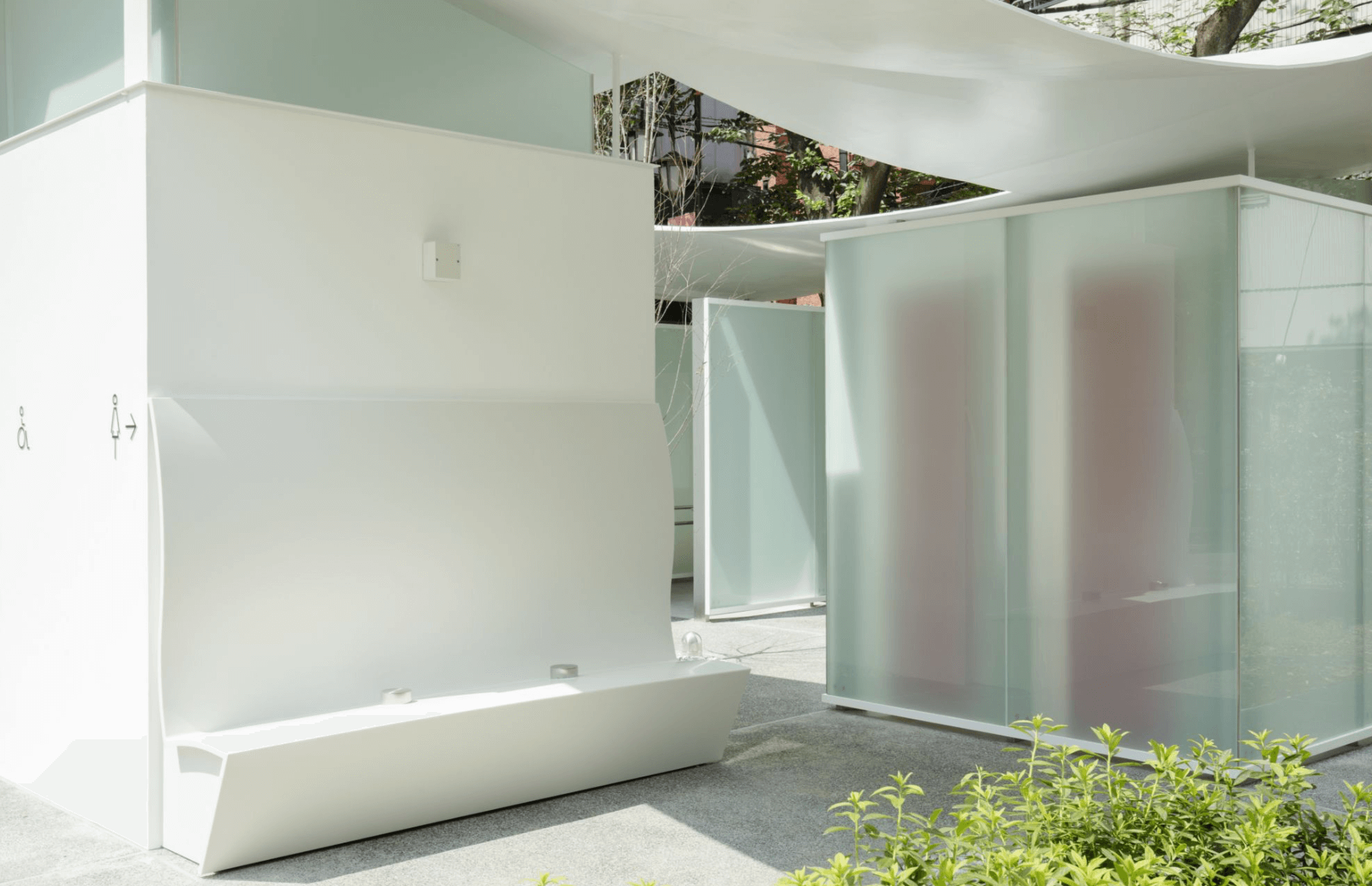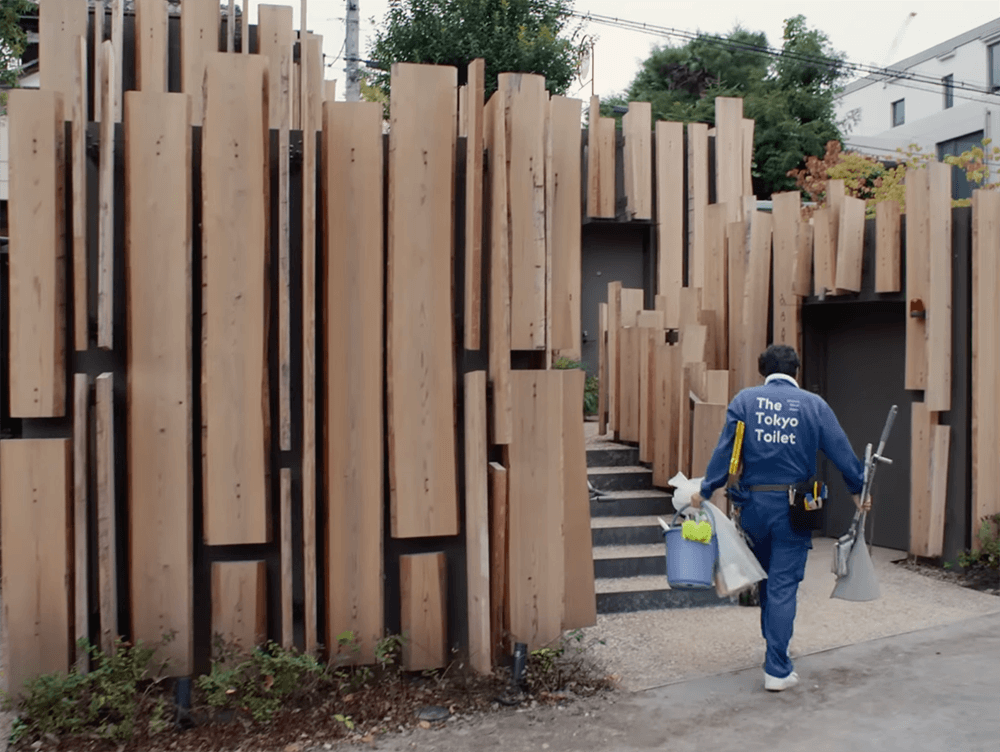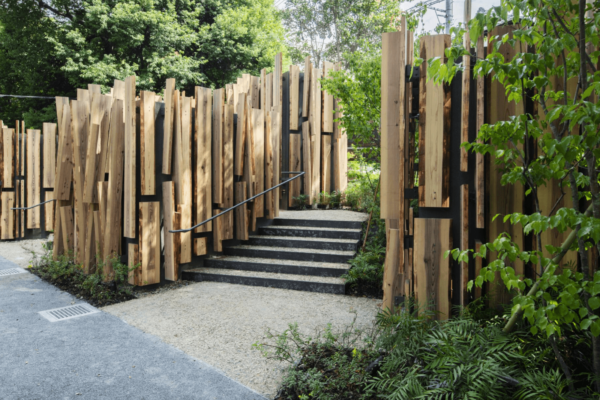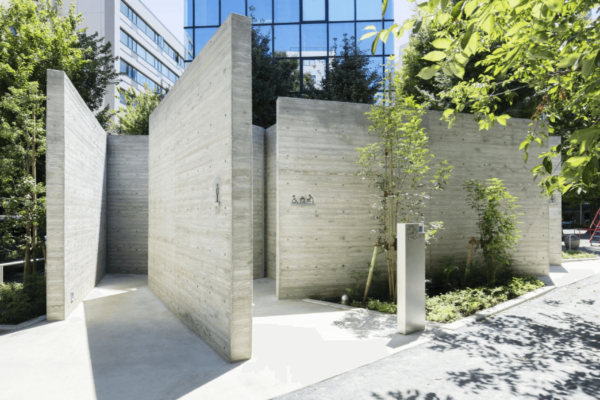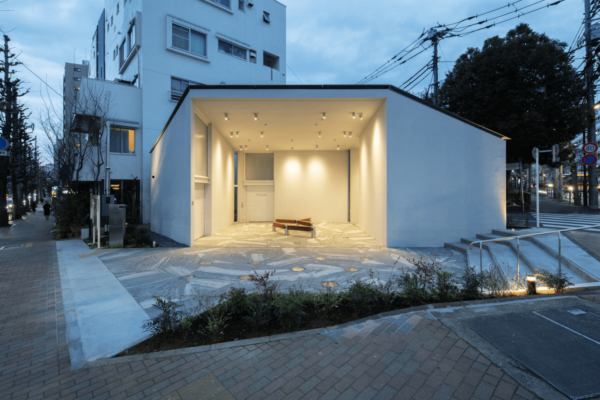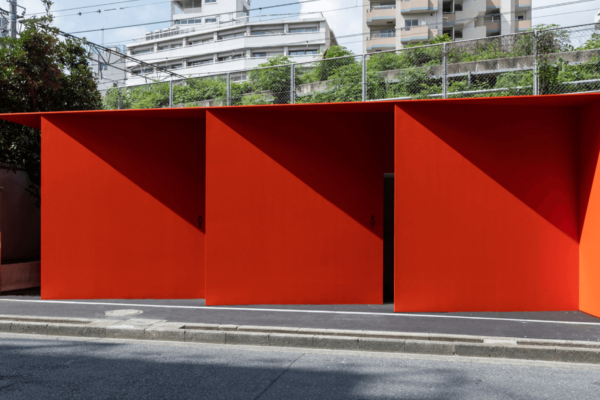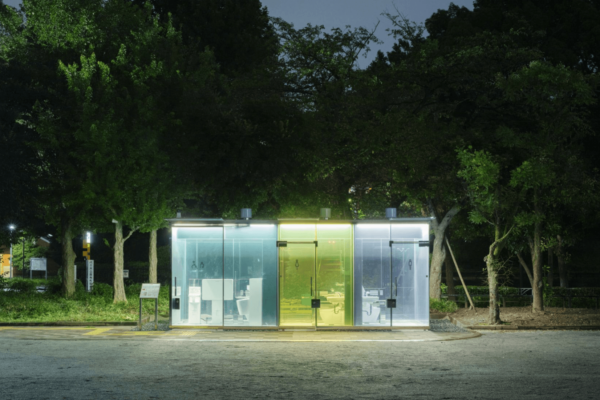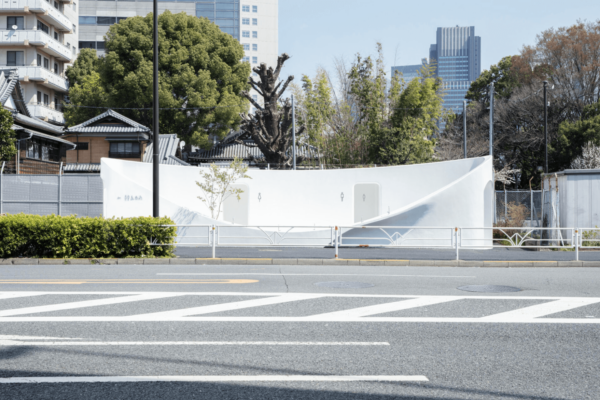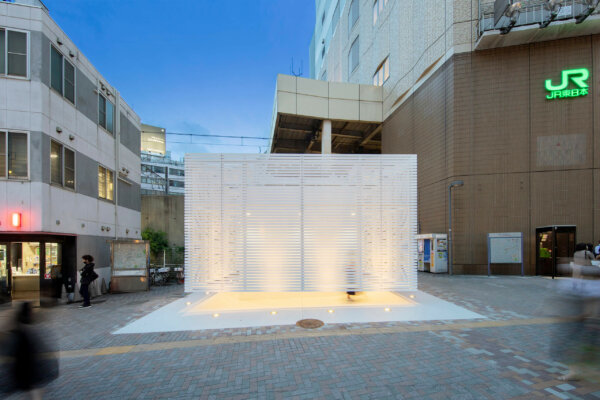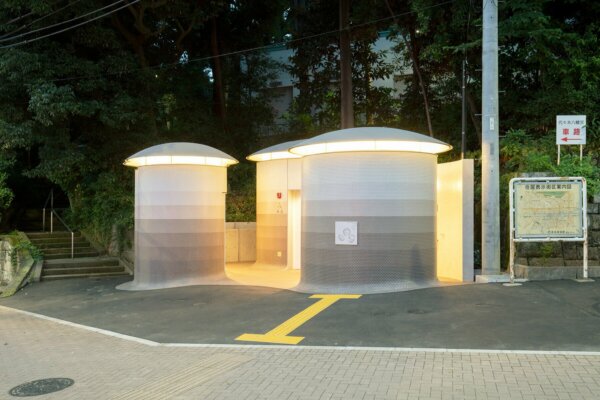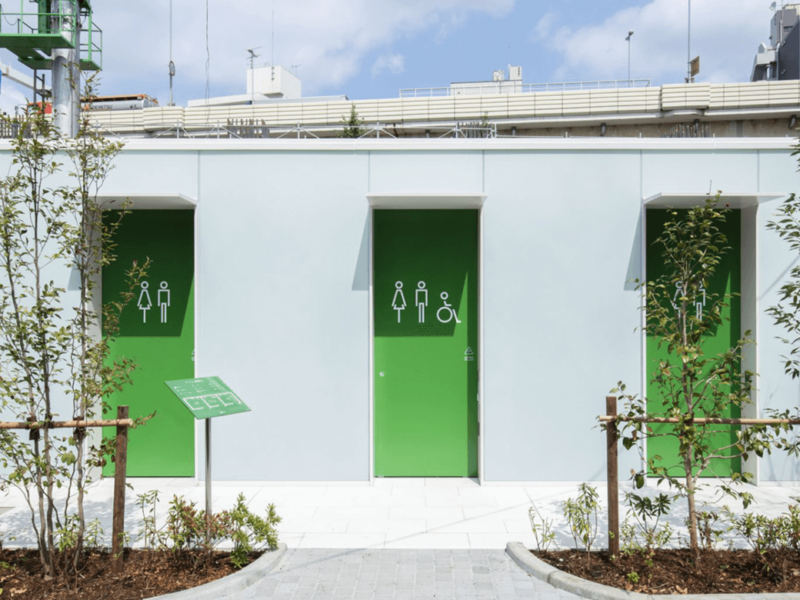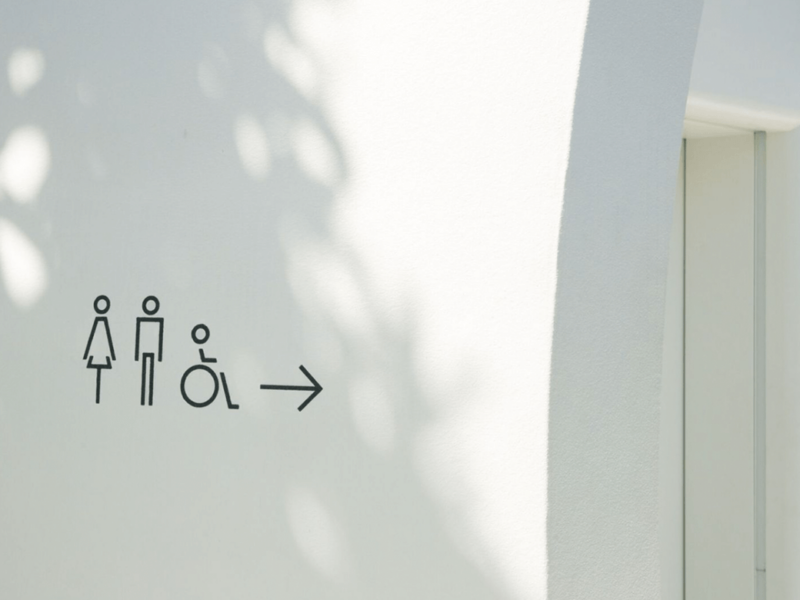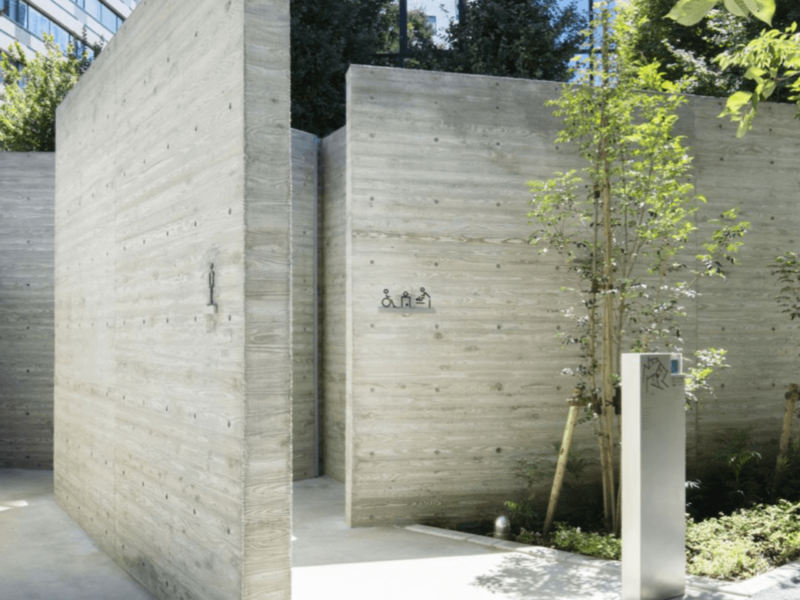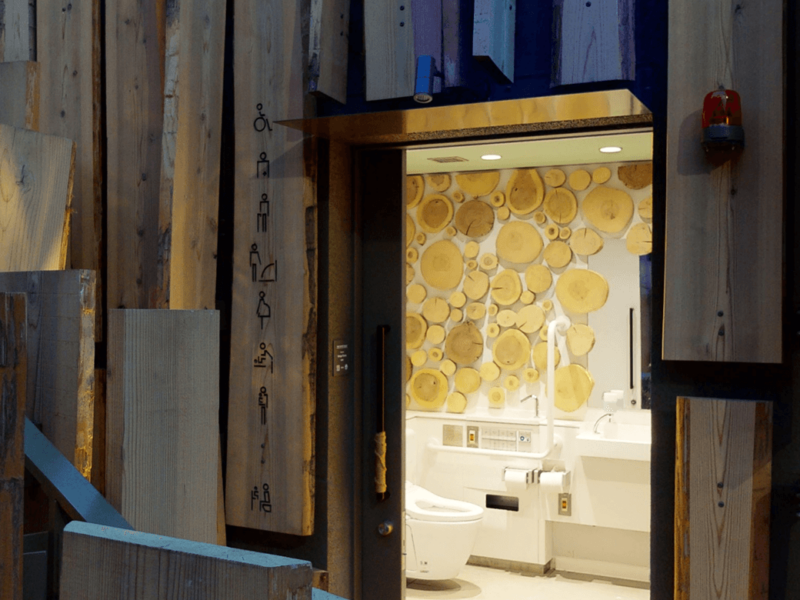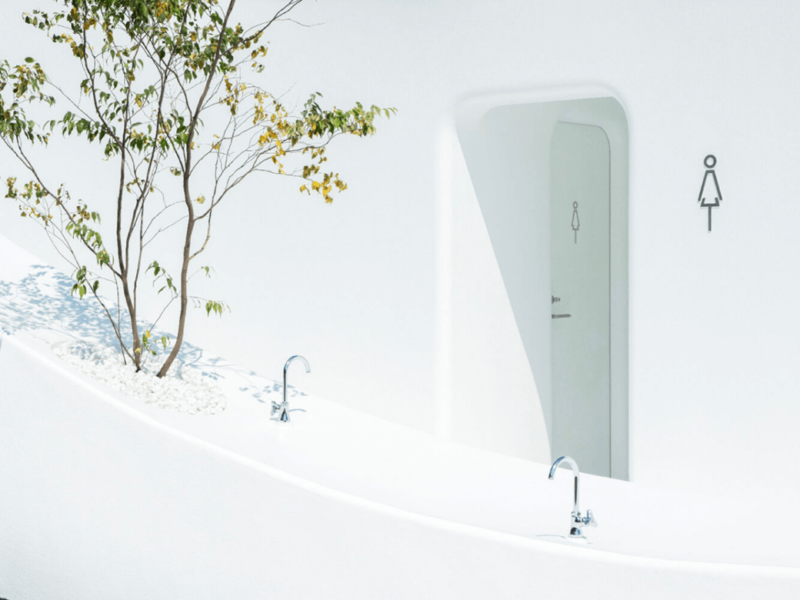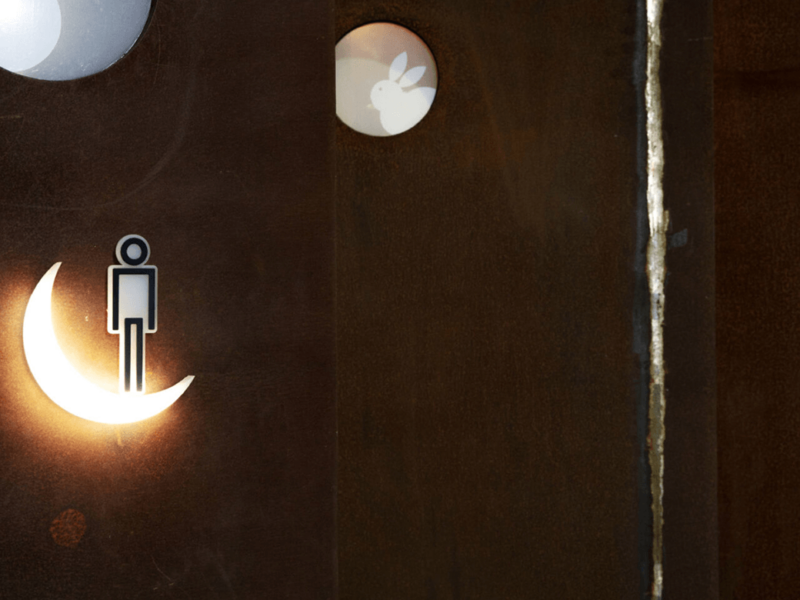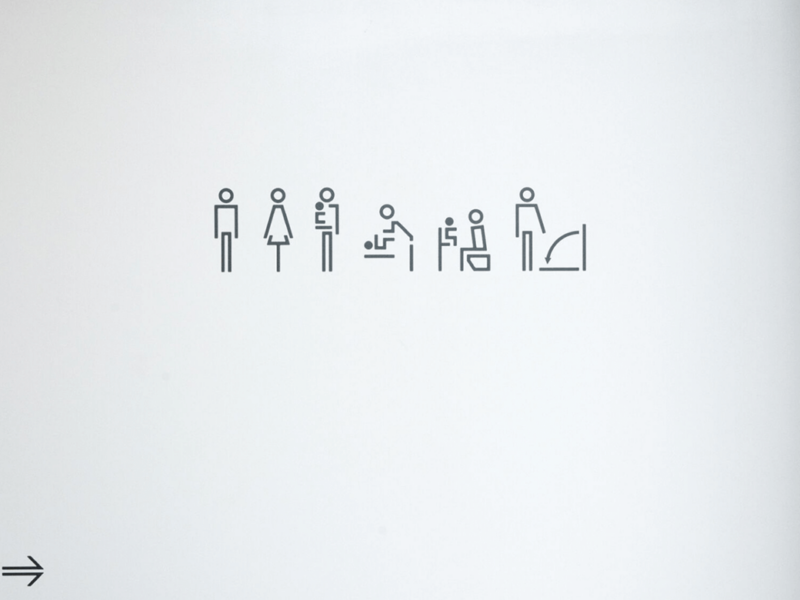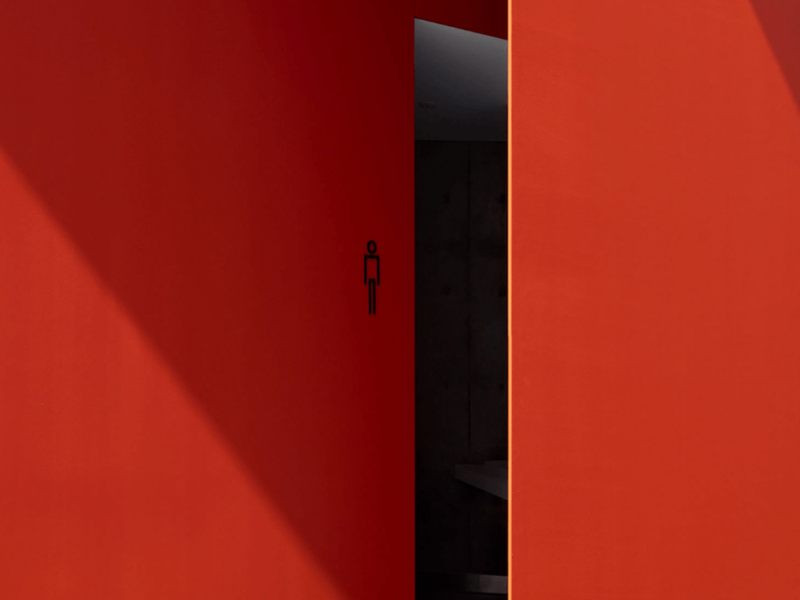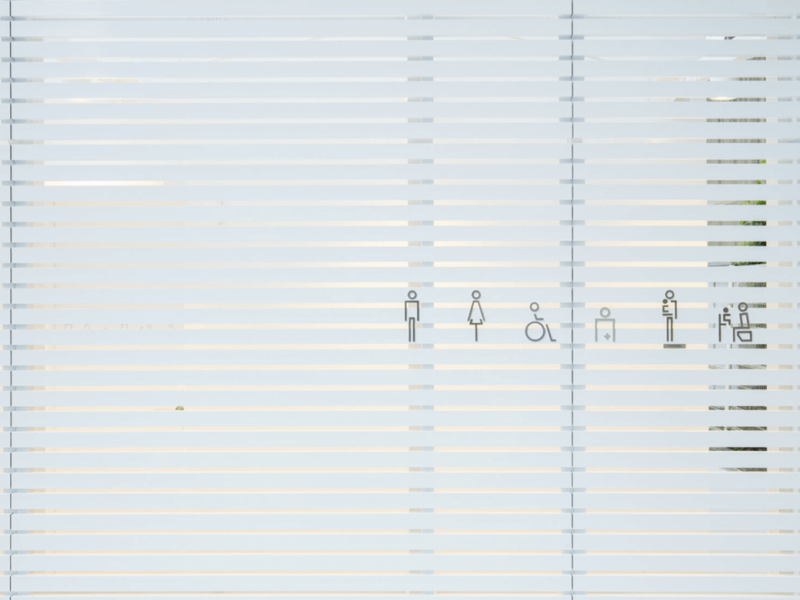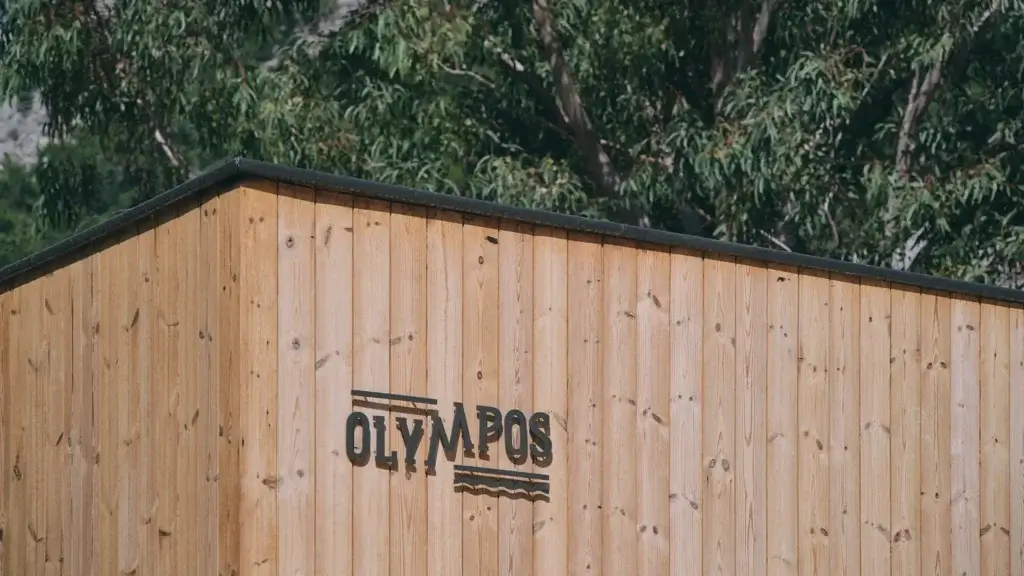Wim Wenders’ film “Perfect Days” serves as a captivating entry point into the innovative world of The Tokyo Toilet (TTT) project.
Over the past four years, 17 public lavatories in Shibuya, Tokyo, underwent a transformative process through The Tokyo Toilet (TTT) project, initiated by The Nippon Foundation in 2018. Sixteen distinguished architects and creators, such as Toyo Ito, Shigeru Ban, and Kengo Kuma, were invited to reimagine these public restrooms.
My interest in the film was piqued after watching Wim Wenders’ “Perfect Days” yesterday, which revolves around the story of a restroom cleaner. The intriguing designs of the restrooms in the film led me to delve into the subject further. Through my research, I discovered that 17 toilets in Tokyo underwent a transformative design process as part of The Nippon Foundation’s initiative. Sixteen renowned architectural firms, including Kengo Kuma and Sou Fujimoto, contributed to this project.
The project aimed to challenge the conventional perception of such facilities as dark, dirty, and unsafe, fostering diversity by providing accessible amenities for individuals of all genders, ages, and abilities. These remarkable landmarks have now taken on a cinematic role, prominently featured in German filmmaker Wim Wenders’ latest film, “Perfect Days.” Premiered at the Cannes Film Festival, the movie has been acclaimed as Wenders’ recent masterpiece and is set for distribution in over 80 countries.
For those intrigued by the film and the fascinating Tokyo Toilet (TTT) initiative, I recommend exploring both. You can begin your exploration by checking the link on the right.
Pictogram Family Designed by Graphic Designer Kashiwa Sato
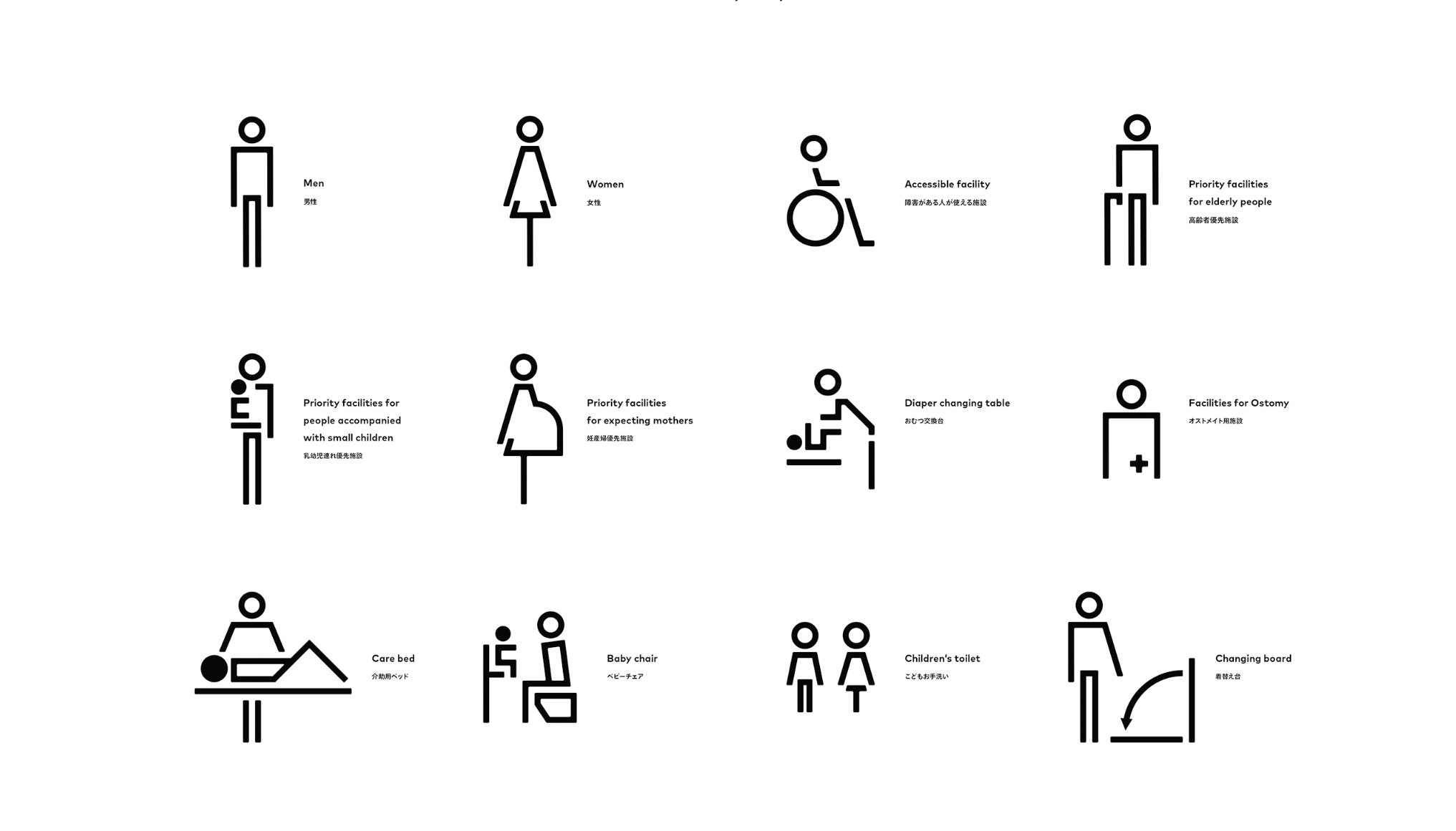
The study becomes particularly valuable when considering the different sensations conveyed by the same pictogram family on various materials and surfaces. The design and material of the signage, appearing on different surfaces and in different contexts, seem to create an open experimental field.
The pictogram family, designed by graphic designer Kashiwa Sato, represents simplicity and readability. Interestingly, Sato is also the designer behind one of the 17 public toilets, located at Ebusi Station. The pictograms in the toilet design reflect the “Pure white” concept embraced by the designer.
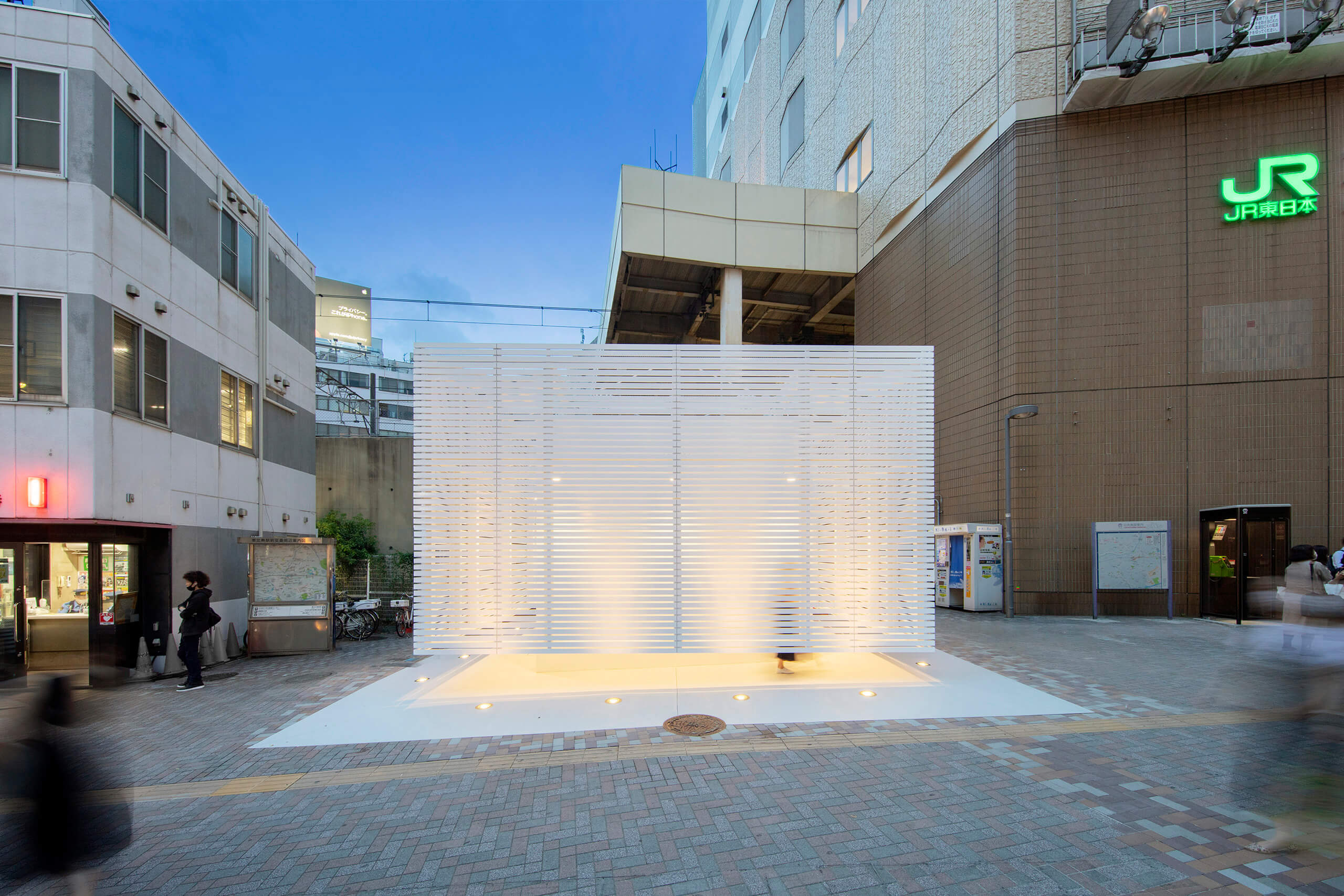
photographed by Satoshi Nagare
Examining the same graphic elements on diverse materials and surfaces adds significant depth to the study, creating what appears to be an open testing ground for the design and materiality of signage. The simplicity and legibility embodied by Kashiwa Sato’s pictogram family are paralleled in his design of a public toilet, where the “Pure white” concept is faithfully reflected in the toilet pictograms at Tokyo, Ebisu Station.
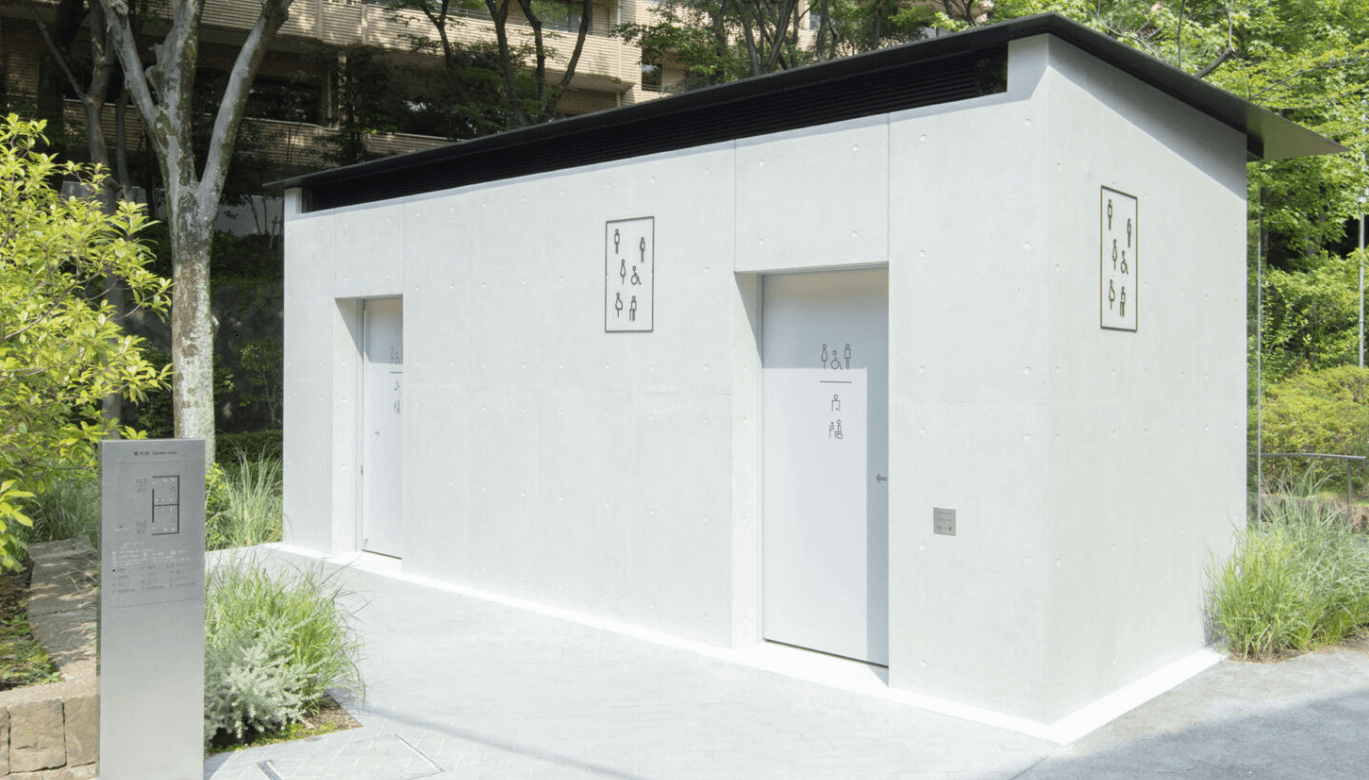
Articulations of the Restroom Elements
The designs of the toilets were so impressive that I couldn’t resist delving into them without a thorough investigation. Approaching the project with a separation of units and distinct structures, I believe the designs masterfully articulate the relationship with the space and effectively construct the public-private divide through the created elements.
For instance, in Fumihiko Maki’s design, the way he connects different units with an overhead canopy, presenting the entire structure as a cohesive entity, and subsequently crowns it with a symbolic tree in the inner courtyard, left me in awe of the Japanese designer. I found the inclusion of a bench, where those waiting can relax before entering the inner courtyard, to be highly functional. This bench and its purpose are also prominently featured in the film “Perfect Days,” where Arisa Nakano, portraying the character Niko, awaits Koji Yakusho’s character Hirayama while he cleans the toilets.
